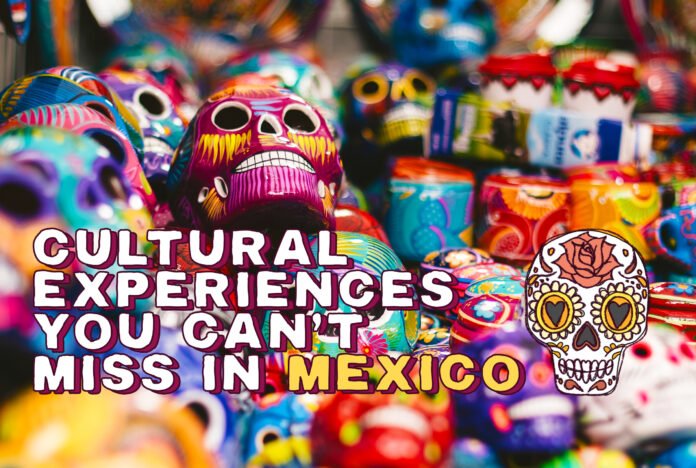India and Mexico, two culturally rich and geographically diverse nations, share more than just a vibrant history and colorful traditions. One fascinating connection lies in their agricultural heritage. Both countries have significantly contributed to global agriculture through the exchange of crops, techniques, and culinary practices. This article explores the intertwined agricultural histories of India and Mexico, delving into how shared crops like chikoo and chilies have become staples in both regions.
What Is the Historical Connection Between Indian and Mexican Agriculture?
The exchange of crops between India and Mexico can be traced back to the Columbian Exchange, a historical period marked by the transfer of plants, animals, and ideas between the Old and New Worlds. During this era, key crops like chilies, maize, and avocados made their way to India, while Indian crops like mangoes, tamarind, and bananas found a new home in Mexico.
This exchange not only enriched the agricultural landscape of both countries but also shaped their cuisines and agricultural practices.
The Journey of Chilies: From Mexico to India
Chilies, a staple in both Indian and Mexican cuisines, originated in Central and South America. Portuguese traders introduced chilies to India in the late 15th century, and the spice quickly became an integral part of Indian cooking.
Today, India is one of the largest producers and exporters of chilies, with regions like Andhra Pradesh and Karnataka leading in cultivation. The fiery spice has seamlessly blended into Indian culinary traditions, enhancing dishes from tangy curries to spicy pickles.
Notable Indian chili varieties include:
- Kashmiri Chili: Known for its vibrant red color and mild heat.
- Guntur Chili: A staple in South Indian cuisine, offering intense heat.
- Bhut Jolokia: One of the hottest chilies in the world, cultivated in Northeast India.
The Chikoo Connection: A Sweet Gift from Mexico
Chikoo, known as sapodilla in English, is another crop that highlights the agricultural bond between India and Mexico. Native to Mexico and Central America, this sweet fruit was introduced to India during the colonial era.
Chikoo thrives in India’s tropical climate, particularly in states like Maharashtra and Gujarat. It is valued not only for its flavor but also for its nutritional benefits, being rich in fiber, vitamins, and antioxidants.
Chikoo-based products in India include:
- Fresh fruit for snacking.
- Chikoo milkshakes and smoothies.
- Processed products like jams and ice creams.
Agricultural Practices: Similarities and Innovations
India and Mexico share similarities in traditional agricultural practices, such as terrace farming, intercropping, and the use of organic manure. These techniques have been adapted over centuries to suit their respective climates and terrains.
Shared practices include:
- Terrace Farming: Common in hilly regions of both countries.
- Crop Rotation: Helps maintain soil fertility and reduce pests.
- Irrigation Systems: Ancient methods like India’s step wells and Mexico’s chinampas showcase ingenuity in water management.
Modern agricultural innovations in both countries have focused on sustainable practices, including the use of biofertilizers, drip irrigation, and genetically modified crops.
How Have Chilies and Chikoo Influenced Cuisine?
The influence of chilies and chikoo extends beyond agriculture, deeply embedding themselves in the cuisines of both nations. In Mexico, chilies are central to dishes like mole, enchiladas, and salsa. Similarly, Indian cuisine uses chilies in everything from fiery curries to tangy chutneys.
Chikoo, on the other hand, is a beloved fruit in desserts and beverages. In India, chikoo shakes are a popular treat, while in Mexico, sapodilla is enjoyed fresh or as part of fruit salads.
Beyond Food: The Cultural Significance of Crops
In both India and Mexico, crops like chilies and chikoo hold cultural and symbolic importance. Chilies are often associated with prosperity and protection in Indian rituals, while in Mexico, they represent national pride and culinary heritage.
Chikoo, with its sweetness and resilience, symbolizes abundance and health in both regions.
Current Agricultural Exchange Between India and Mexico
The agricultural connection between India and Mexico continues to thrive in modern times. Both countries are exploring collaborative efforts in research, sustainable farming practices, and trade.
Examples of collaboration include:
- Exchange of agricultural technologies.
- Trade in spices, fruits, and processed foods.
- Joint research on climate-resilient crops.
Why Is the Shared Agricultural Heritage Important Today?
Understanding the shared agricultural heritage of India and Mexico highlights the importance of global cooperation in food security and sustainable farming. As climate change poses new challenges, the exchange of knowledge and resources between nations becomes vital for creating resilient agricultural systems.
Sustainable Practices: Learning from Each Other
India and Mexico have much to learn from each other’s approaches to sustainable agriculture. While Mexico’s focus on biodiversity conservation offers valuable insights, India’s advancements in micro-irrigation and organic farming provide practical solutions for resource management.
Planning Your Journey to Explore Agricultural Roots
For travelers interested in exploring the agricultural heritage of India and Mexico, visiting farms, markets, and culinary hubs is an excellent way to experience the connection firsthand. Companies like Mejor agencia de viajes en India offer curated travel experiences to delve into India’s rich agricultural and cultural landscapes.
Discovering the North Indian Agricultural Heartland
The northern region of India, with its fertile plains and diverse crops, offers a unique insight into the country’s agricultural heritage. Tourists can explore traditional farming practices, taste farm-fresh produce, and learn about the historical significance of crops like wheat, sugarcane, and mustard.
For a comprehensive travel experience, consider exploring Paquetes turísticos del norte de India to immerse yourself in India’s agricultural and cultural treasures.
Conclusion
India and Mexico’s shared agricultural heritage serves as a testament to the power of global exchange. From the fiery chilies that spice up our dishes to the sweet chikoo that delights our palates, these crops connect two nations across continents. By exploring and preserving this rich heritage, we celebrate not only the past but also pave the way for a sustainable future.
Both nations continue to inspire the world with their agricultural innovations and cultural richness, reminding us of the interconnectedness of human history.



